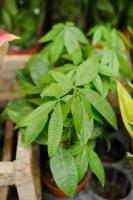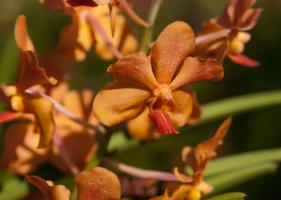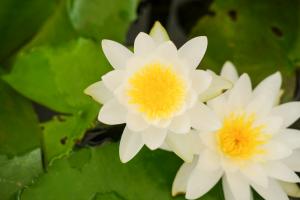Can I Plant a Fig Tree in the Fall?
Figs are notorious for being finicky to grow, but with the right conditions, they can thrive in many climates. Though many people think of planting trees in the spring, it is absolutely possible to plant a fig tree in the fall. In fact, there are some benefits to doing so. Let's take a look.
Benefits of Planting a Fig Tree in the Fall
Planting a fig tree in the fall can be advantageous for a few reasons. First, in many climates, the cooler weather that comes with fall can be ideal for new transplants. With less heat, the tree is less likely to experience stress and can get established more quickly.
Additionally, planting in the fall gives the tree time to establish its roots before it has to deal with the challenges of the summer growing season. This means that come spring, the tree will be better equipped to handle the heat and lack of water that often characterizes the early months of the growing season.
Finally, if you live in a climate that experiences mild winters, planting in the fall gives the tree extra time to grow and develop before the next growing season. This can allow it to bear fruit more quickly than if you had planted in the spring.
When to Plant a Fig Tree in the Fall
The best time to plant a fig tree in the fall will depend on the climate where you live. In general, wait until after the hottest part of summer has passed, but before the first frost. This will give the tree enough time to get established before the colder weather sets in. In many places, this will mean planting in September or October.
Tips for Planting a Fig Tree in the Fall
To ensure success when planting a fig tree in the fall, there are a few things to keep in mind. First, make sure you choose a planting site that gets plenty of sun and has good drainage. Figs don't like to be in wet soil, so if you have soil that is prone to waterlogging, consider planting your tree on a slight mound to improve drainage.
Second, be sure to give the tree plenty of water after you plant it. Though the cooler weather may make you think the tree doesn't need as much moisture, it still requires regular watering to get established. Finally, consider using a mulch around the tree to regulate soil moisture and temperature.
Caring for a Fall-Planted Fig Tree
Once your fig tree is in the ground, caring for it will be similar to caring for a tree planted in the spring. Be sure to water it regularly, especially during times of drought, and apply fertilizer sparingly. In winter, protect the tree from frost damage by wrapping the trunk in a breathable fabric, and consider providing some additional insulation around the root zone.
With proper care, a fig tree planted in the fall can provide many years of delicious fruit. Just remember to choose the right site, give the tree plenty of water, and protect it from the cold, and you'll be on your way to growing a healthy, productive tree.

 how many times do yo...
how many times do yo... how many planted tre...
how many planted tre... how many pine trees ...
how many pine trees ... how many pecan trees...
how many pecan trees... how many plants comp...
how many plants comp... how many plants can ...
how many plants can ... how many plants and ...
how many plants and ... how many pepper plan...
how many pepper plan...































